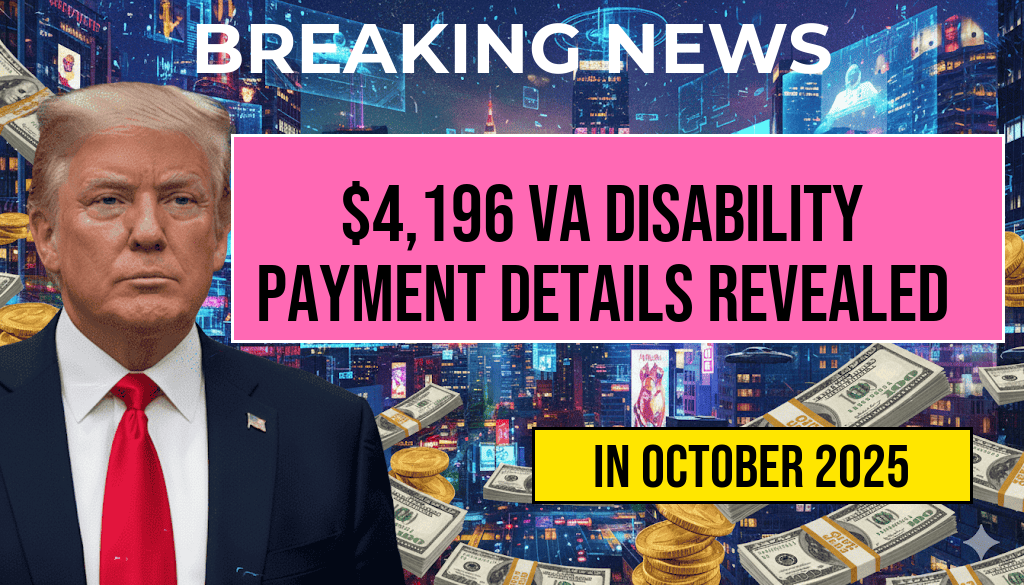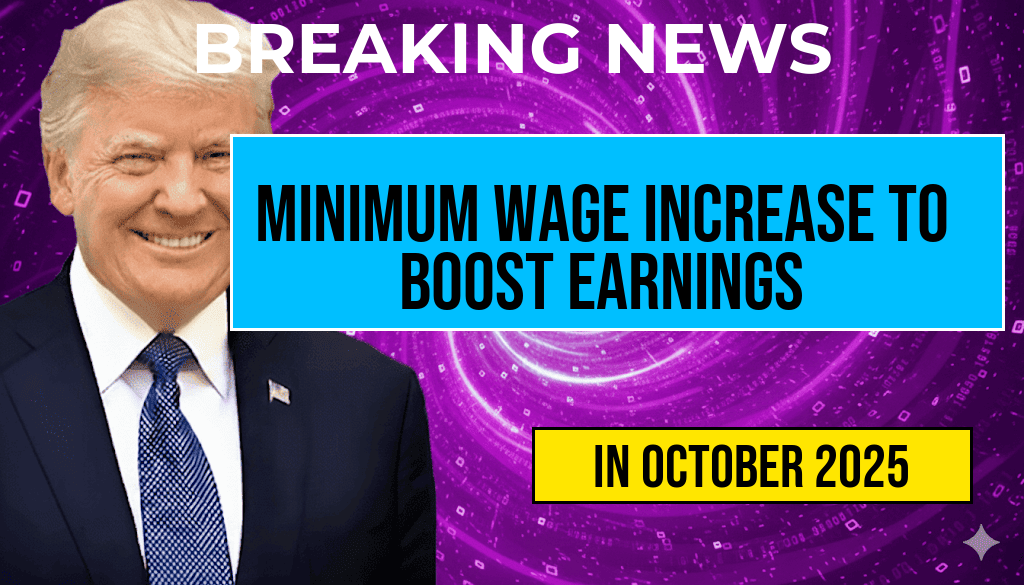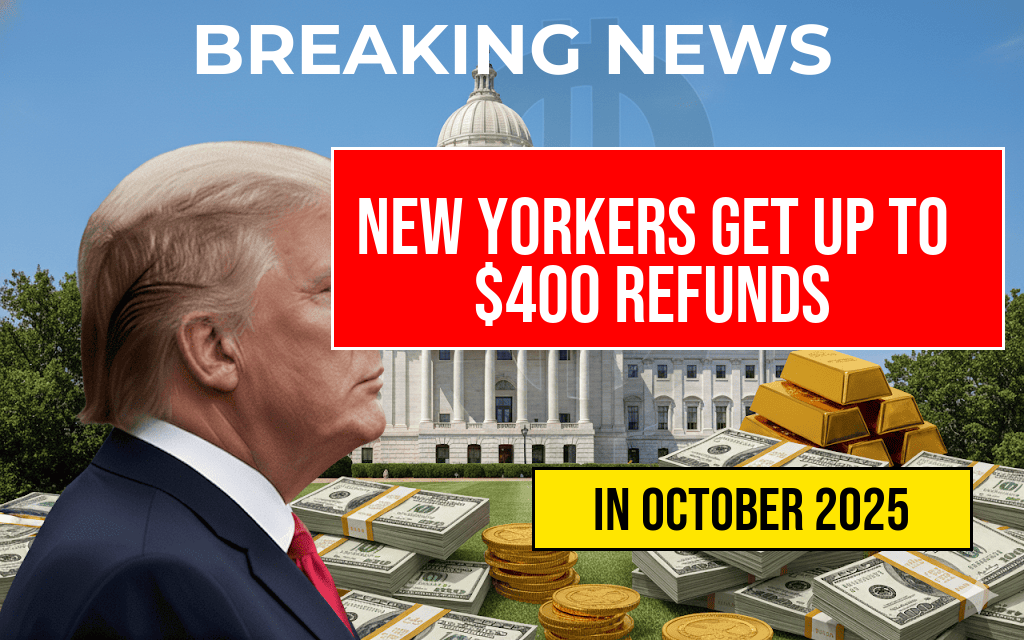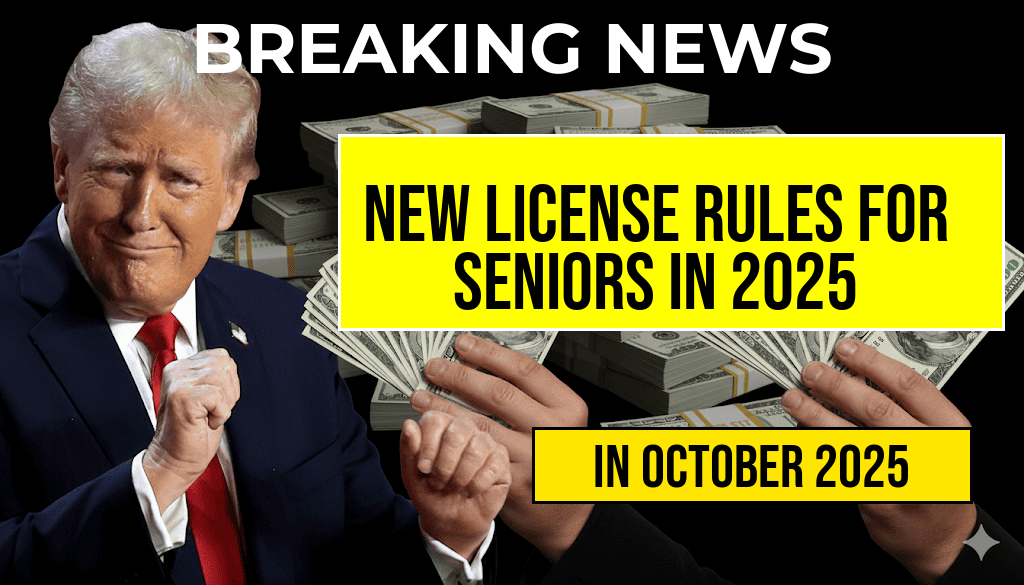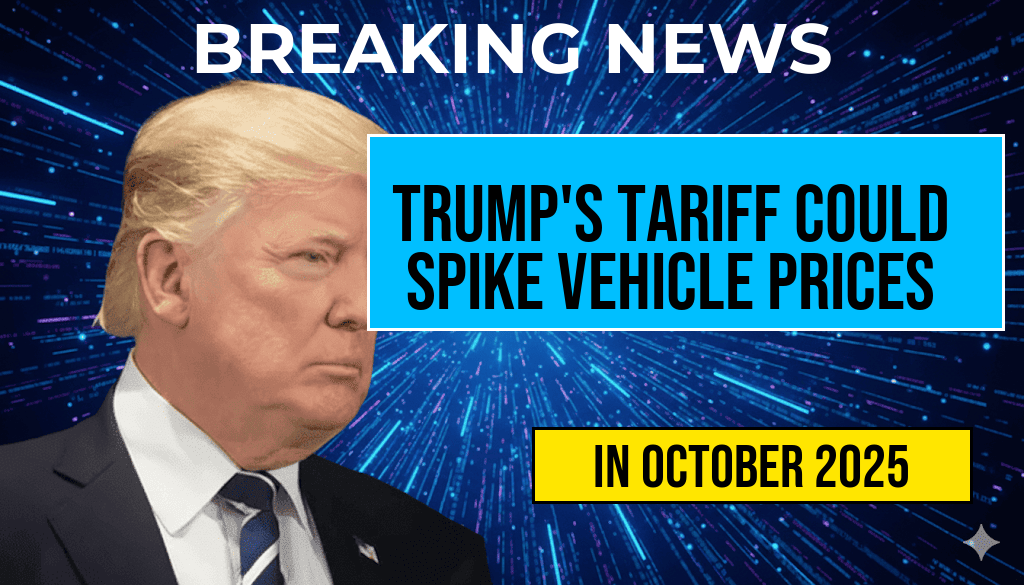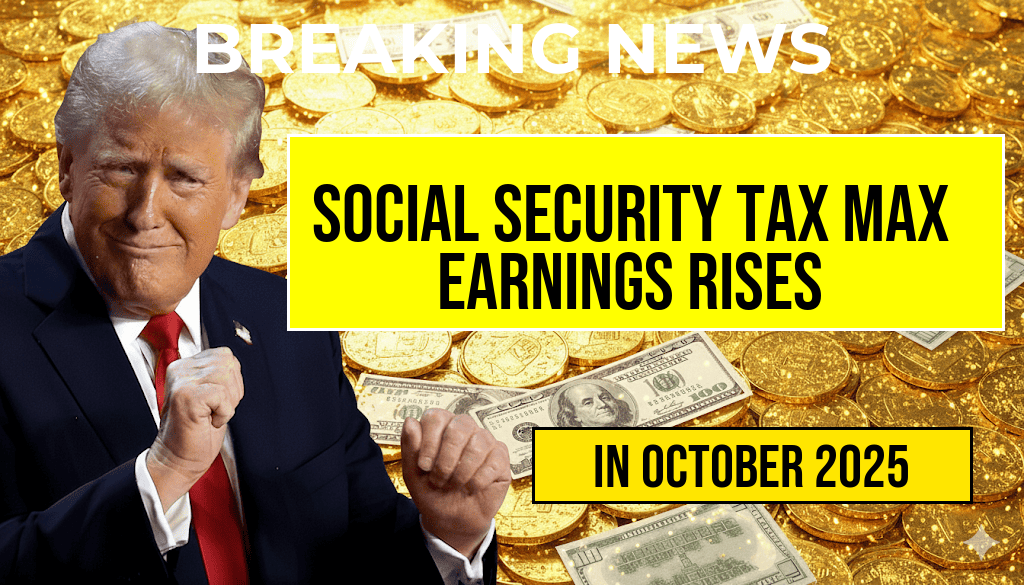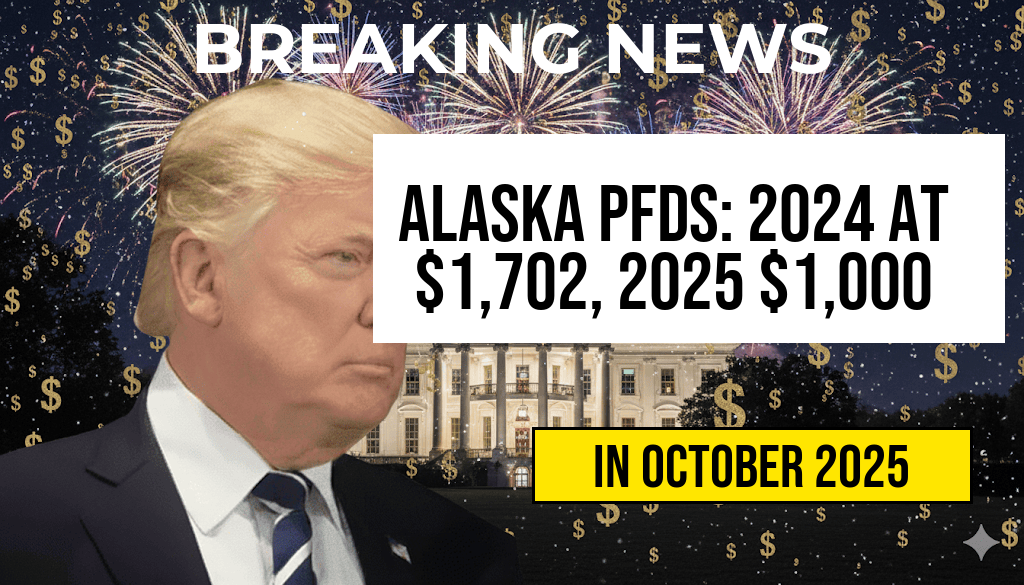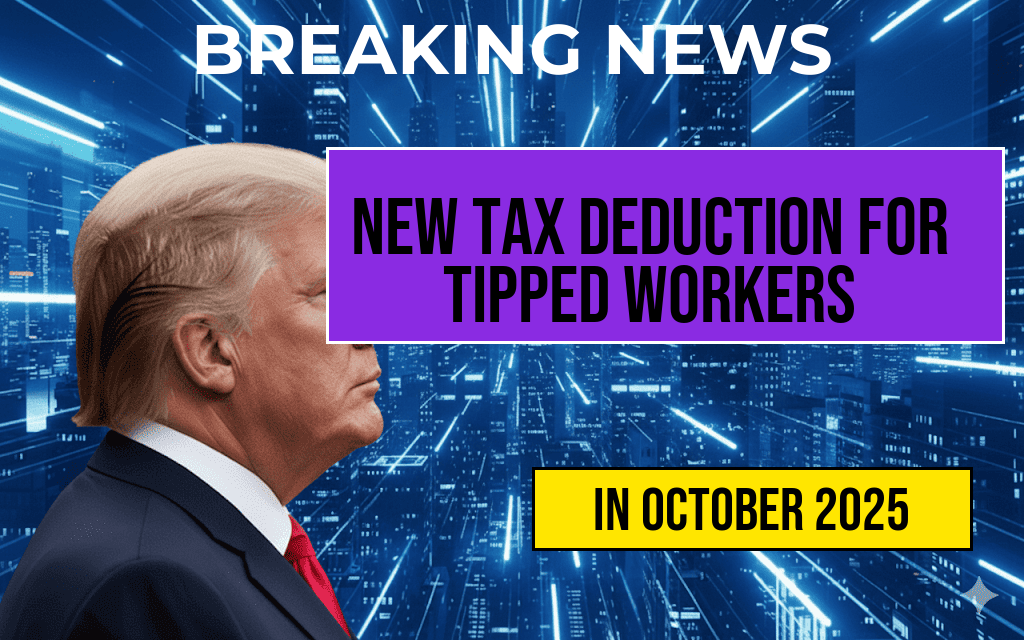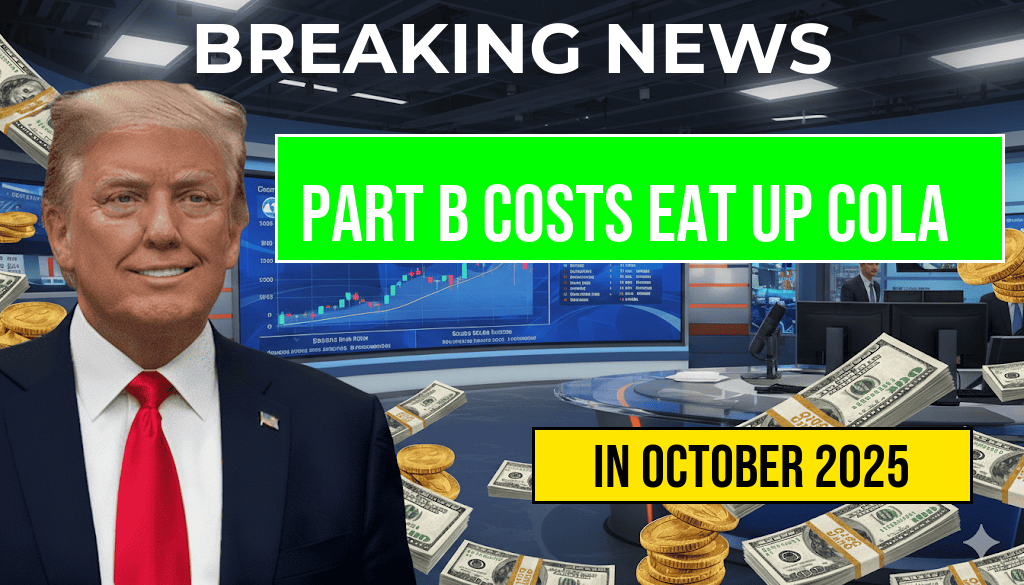Former President Donald Trump’s recent tariff threat targeting imported vehicles could lead to a significant price increase for consumers, with estimates suggesting a surge of up to $5,286 per vehicle. This potential hike comes as the auto industry braces for economic fallout amid ongoing global supply chain challenges. The proposed tariffs, which could reach as high as 25%, have raised alarms among automakers and consumer advocacy groups alike. Experts warn that such an increase could not only impact the price of new cars but also create ripple effects throughout the used car market and related industries.
Understanding the Tariff Impact
The proposed tariffs are rooted in Trump’s “America First” trade policies, which aim to bolster domestic manufacturing by imposing higher costs on foreign imports. The auto industry, heavily reliant on global supply chains, could face serious repercussions should these tariffs be enacted. A recent analysis by the Forbes team suggests that the financial burden would ultimately be passed on to consumers, leading to higher prices across the board.
Potential Effects on Consumers and Automakers
The anticipated price increase could have a profound effect on both consumers and the automotive sector. Below are some expected outcomes:
- Higher Vehicle Prices: Estimates indicate that the average consumer could pay an additional $5,286 for new vehicles, which could deter potential buyers.
- Used Car Market: As new car prices rise, demand for used vehicles may spike, leading to increased prices in that market as well.
- Production Costs: Automakers might face higher production costs, as sourcing parts from international suppliers becomes more expensive.
- Job Implications: If tariffs lead to reduced sales, manufacturers could face layoffs or downsizing, affecting thousands of jobs across the country.
Broader Economic Implications
The implications of these tariffs extend beyond the automotive industry. A rise in vehicle prices could have a cascading effect on the overall economy. For instance, consumers may tighten their budgets in response to increased vehicle costs, leading to reduced spending in other sectors.
Moreover, the tariffs could exacerbate existing supply chain issues, which have already been a concern in the wake of the COVID-19 pandemic. Industries dependent on automotive transportation may also face increased costs, which could be reflected in higher prices for goods and services.
Industry Reactions
Reactions from industry stakeholders have been mixed. Some automakers have expressed concern over the feasibility of absorbing such costs. In a statement, a representative from the Automotive Industry Association stated, “Tariffs would put an additional strain on manufacturers already facing challenges from supply chain disruptions. This is not just an industry issue; it affects consumers directly.”
Conclusion: The Path Ahead
As the possibility of tariffs looms, the automotive industry and consumers alike watch closely. While the administration’s motives may focus on protecting American jobs and boosting local manufacturing, the unintended consequences could lead to higher prices and reduced accessibility for consumers. With the auto industry still recovering from pandemic-related disruptions, stakeholders are calling for a careful reconsideration of such policies to avoid further economic strain.
| Type of Vehicle | Estimated Price Increase |
|---|---|
| New Cars | $5,286 |
| Used Cars | $2,500 (approx.) |
| Trucks/SUVs | $6,000 (approx.) |
Frequently Asked Questions
What are the potential consequences of Trump’s tariff threat on vehicle prices?
The tariff threat could lead to a significant increase in vehicle prices, with estimates suggesting a surge of up to $5,286 per vehicle, impacting consumers and manufacturers alike.
How would the proposed tariffs affect the automotive industry?
The proposed tariffs could strain the automotive industry by increasing production costs, which manufacturers may pass on to consumers in the form of higher vehicle prices.
Which types of vehicles are likely to see the highest price increases?
Luxury vehicles and those with higher import content are likely to experience the largest price increases, potentially exceeding the average estimate of $5,286.
What are the main reasons behind Trump’s tariff proposal?
The main reasons include protecting domestic manufacturing and addressing trade imbalances, which the administration believes will benefit the U.S. economy.
How might consumers respond to increased vehicle prices due to tariffs?
Consumers may react by delaying purchases, opting for used vehicles instead, or seeking out more affordable alternative options as the cost of new vehicles rises significantly.

